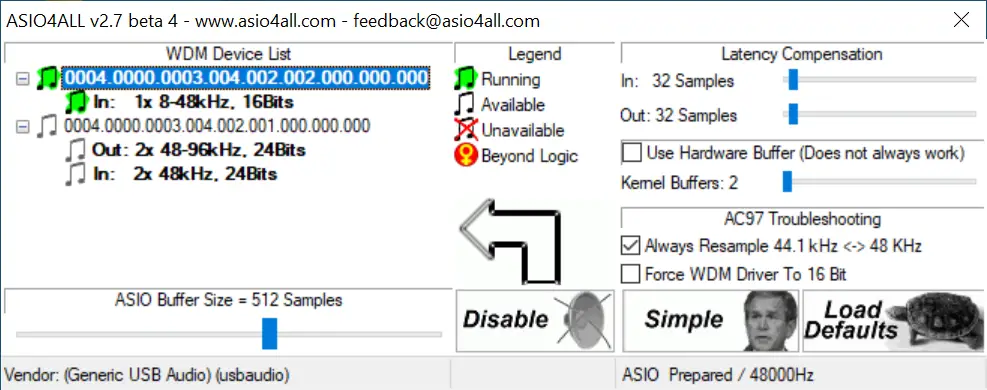Changes since version 2.7 beta 3:
- Add a mechanism supposed to tell when drivers are lying about their native support of 44.1kHz.
- The GUI has been un-cluttered a little. Notably, device interfaces are no longer shown whenever they don’t need be.
- SigmaTel High Definition Audio (as also used on Intel based Macs) should work now, hopefully making for a number of happy (not just Boot-) campers.
- SBPCI 128 should work now in 4/2 and 2/4 configurations.





Leave a Reply